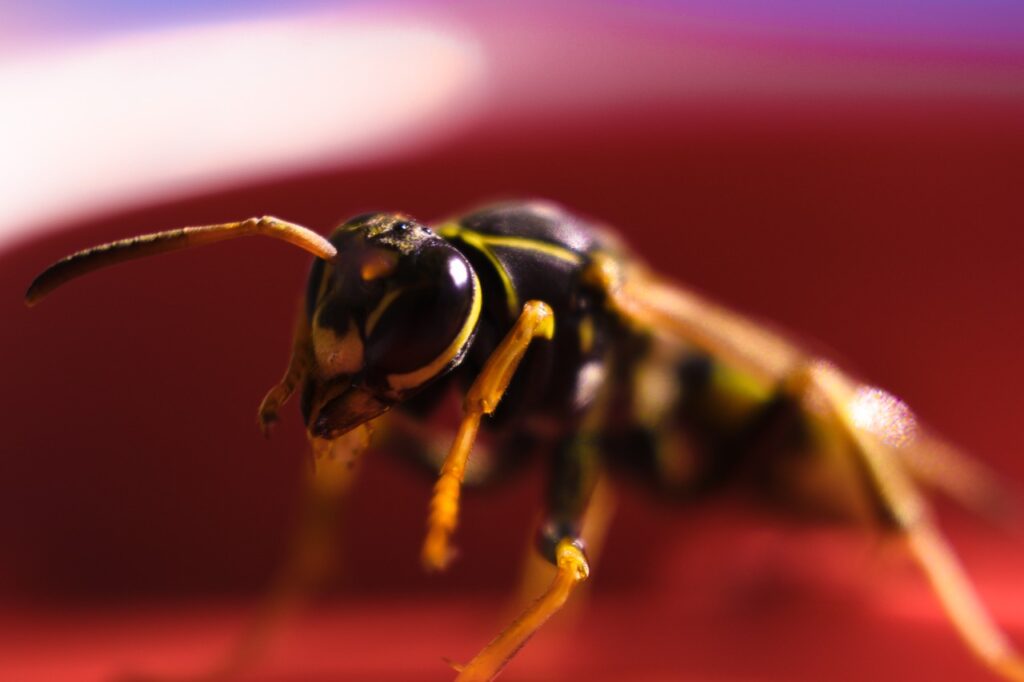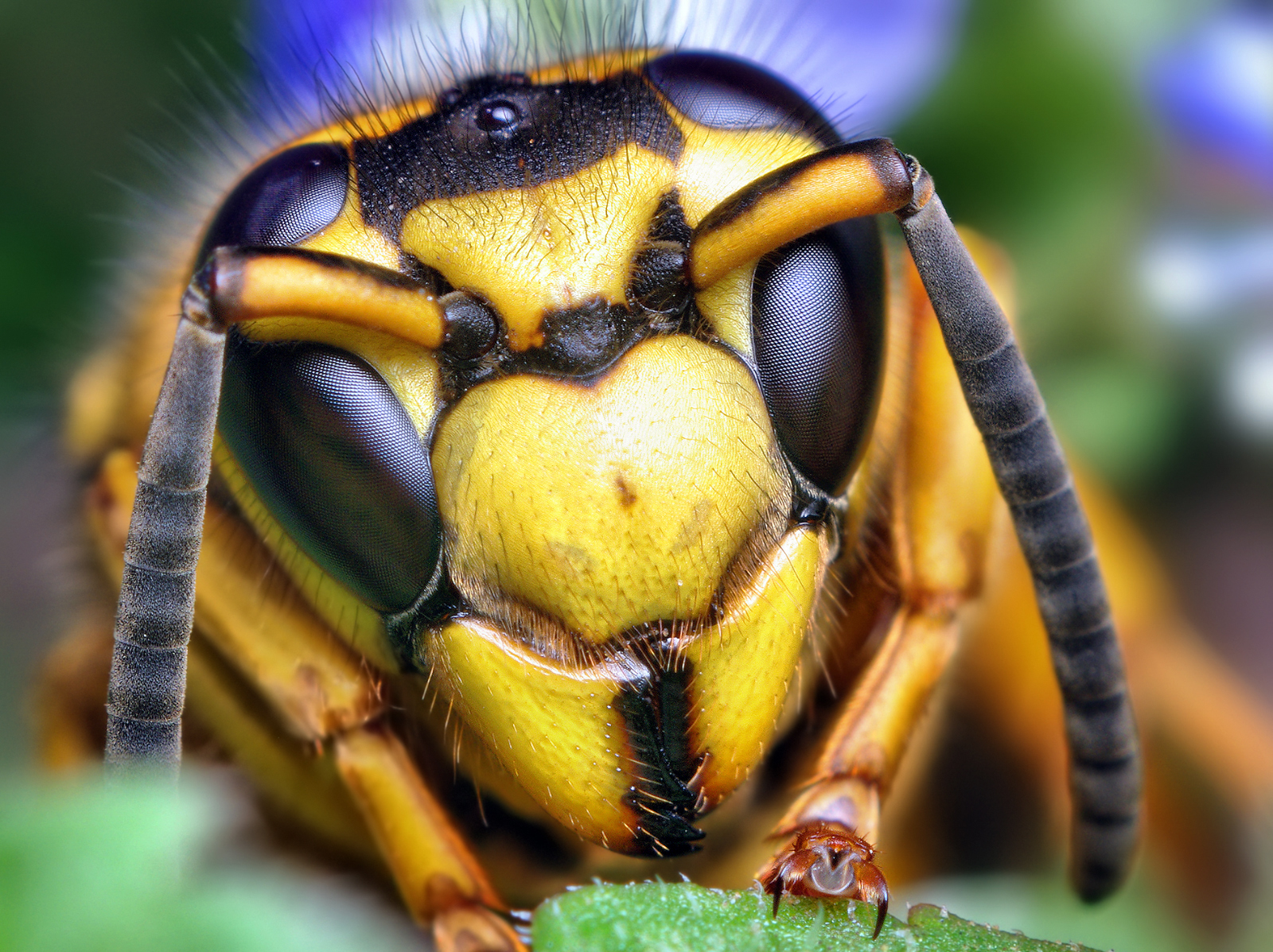Nobody likes yellow jacket infestations, but it would be great to know when yellow jacket infestations are more likely to happen, so that you can prepare? So, when does yellow jacket season start? Yellow jackets thrive during the warmer months because of the abundance of resources. They start to die off during the colder months because of the lack of resources, and their vulnerability makes them more aggressive.
You can say that yellow jacket season is during the late summer and fall. During this period, the colony is at its peak because of the warmth from the previous months and it is also becoming more aggressive as resources begin to dwindle.
The yellow jacket life cycle
To understand the yellow jacket season better, here is the life cycle of yellow jacket colonies.
- Fertile females hibernate during winter. Fertilized females will find spots where they can hibernate during the colder months. These spots can be natural structures like holes underground and hollows of trees or man-made structures such as eaves and walls.
- Fertile females start a colony in spring and thrive until summer. The fertilized females will go out of hibernation as warmer months approach. They become the queens of their own colonies. They make their nest with their saliva and other materials like chewed wood or clay. And they lay eggs throughout the warmer months to build their colonies.
- Males mate with females, and the cycle begins anew. Colonies are at their peak during late summer where they may be thousands of yellow jackets in them. But as the colder months approach, the yellow jackets die off. The males mate with the females before they die, and the fertilized females will hibernate during the colder months and become the future queens of their own colonies.
The yellow jacket season
Yellow jackets are more than just a nuisance. They are not there just to pester you by buzzing around your food. They are also there to put you and your family at risk of yellow jacket stings and your property of structural damage.
- Yellow jackets have different food preferences depending on the month. During the warmer months, yellow jackets prefer protein sources such as insects. They chew the insects and feed them to their young. During the colder months, they prefer sugar sources such as flower nectars and fruits to prepare their bodies for fall and winter.
- Yellow jackets are more aggressive during the colder months. Flowers and fruits become less abundant during the colder months, so they turn to other sources closer to you such as garbage cans and picnics. This is why you are more likely to see yellow jackets during late summer and fall. Because of the dwindling resources around them, yellow jackets become more aggressive, putting you and your family at risk.
- Yellow jacket stings can be very dangerous. Yellow jacket stings are no joke. They are not just painful. They are also life-threatening. Victims of yellow jacket stings can experience allergic reactions. If the reactions are extreme enough, they could even be fatal. If the victim is experiencing difficulty in breathing and swelling in the mouth or throat, seek medical attention immediately.

How to get rid of yellow jackets
There are ways to get rid of yellow jackets without killing them. But sometimes, you don’t have a choice. You really just have to kill them, especially when they are actively becoming a threat to the health of your family and the structural integrity of your home.
- Call a pest control professional. The problem with getting rid of yellow jackets yourself is that your pest control methods may be inefficient and ineffective because you simply don’t have the knowledge and experience for them. You also put yourself at risk of yellow jacket stings. Getting the help of professionals is both effective and safe.
- Use insecticides. If you really want to get rid of the yellow jackets yourself, you can try bombing their nest with insecticide. Make sure to do this during the evening for maximum effect. This is because yellow jackets are more active during the day, and they are back to their nest during the night. If you attack at night, you can kill a significant portion of the colony. Also, make sure to cover yourself. Yellow jackets are more likely to sting when they feel threatened, and they will definitely feel threatened if you spray insecticide to their nest.
- Try natural methods. Insecticides are effective, but remember that they are so because they have toxic ingredients. These ingredients can be harmful to you and your family, so it’s understandable if you prefer natural methods that don’t have the same risk. One popular method is simply pouring boiling water to their nest, especially when the nest is underground and its entrance is easily accessible.
How to prevent yellow jackets
With enough preparation, you don’t have to actually deal with yellow jackets during the yellow jacket season. All you have to do is to make your property as unattractive as possible to yellow jackets.
- Don’t give them easy access to food and water. Put all your food and water in cabinets, containers, and refrigerators. Keep your doors and windows closed to prevent lone yellow jackets from getting inside your home. If they can’t get the resources they need in your area, there is no reason for them to stay and thrive there.
- Practice proper waste disposal. Don’t forget that your kitchen is not the only place where there is food and water. Your garbage cans are actually a haven for yellow jackets. Those soda bottles with sugar residue are particularly attractive. Avoid garbage from piling up so much that you can’t even close your garbage cans properly. Keep their lids down.
- Set up a fake wasp nest. Yellow jackets are a kind of wasp, and wasps are very territorial. You can use this to your advantage. You can set up a fake wasp nest to trick yellow jackets passing by that your property is already occupied by another colony. The yellow jackets will not fight for your property and just try to find another place where they can nest.

Yellow jackets peak during late summer and fall
Yellow jackets thrive during the warmer months. Their population peaks during late summer. During this period, they also become really aggressive because resources begin to dwindle as the colder months approach.
Thankfully, there are a lot of ways to get rid of yellow jackets or prevent them from thriving on your property even in the months where they are at their strongest.

